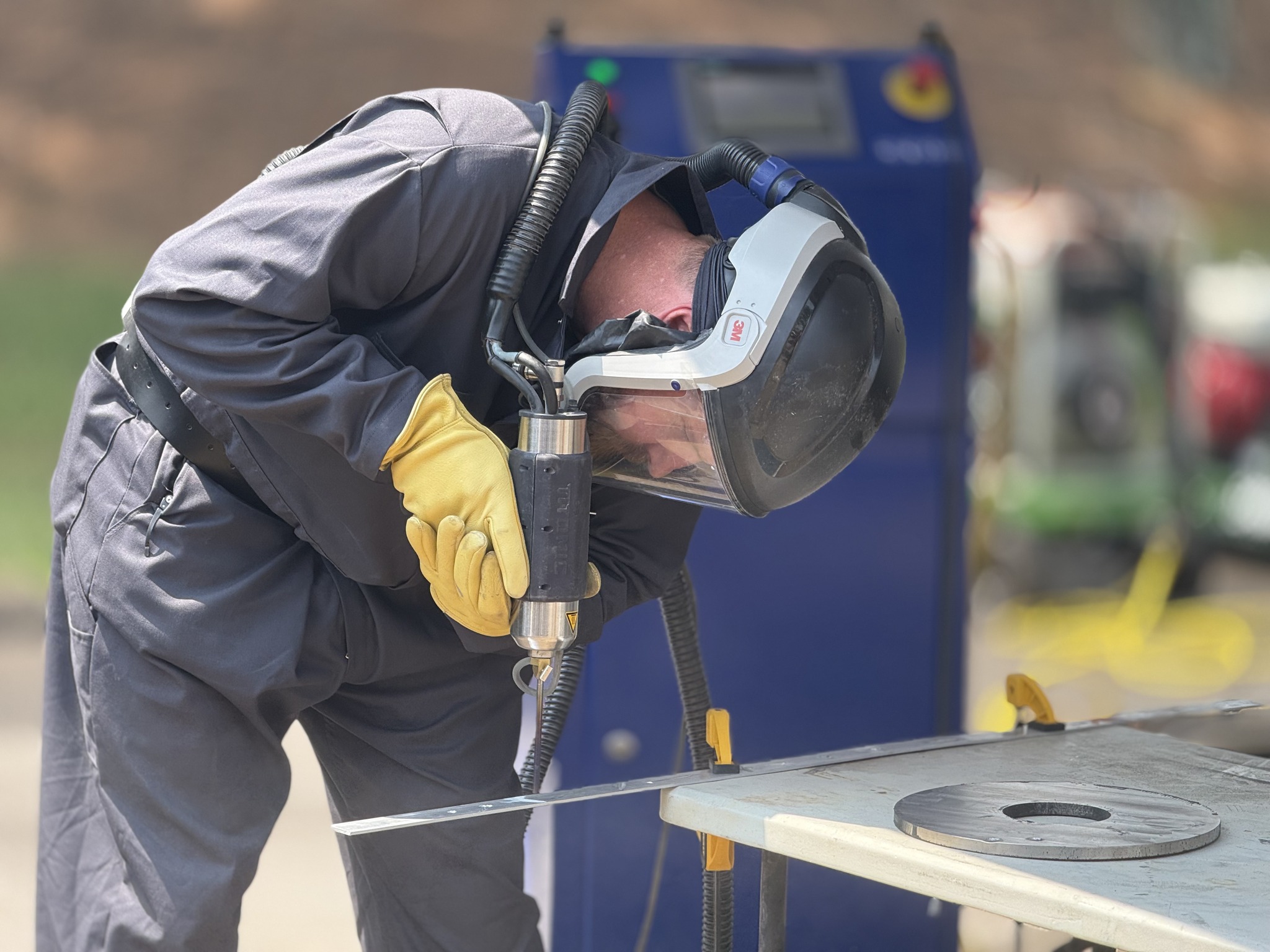Tomato warfare: Combating common diseases
Published 9:00 am Sunday, June 4, 2017
Gardener! Gardener! Plant down!
Nothing is more disheartening than to see the visible symptoms of disease on our tomato plants. More than 8,000 species of fungi, 200 species of bacteria and 500 viruses cause plant disease. =With numbers like that, it’s a wonder that we can grow anything at all. The good news is — plant disease is controllable.
Trending
The saying, “An ounce of prevention is worth a pound of cure” applies here. Many factors can lead to disease problems for your plant. Ideally, we have chosen a healthy plant and put it into soil that is clean and free of disease causing organisms. Now that we have them in the ground, following a fungicide program is our next defense. Humid and rainy conditions are the ideal conditions for the onset of early blight. Applications should begin 5-10 days after transplanting. You can also start your program at the first sign of disease, however, it is easier to prevent the disease than combat it once it has affected your tomato plant. After your first application, apply fungicides every 7-10 days. The active ingredients in your fungicide should include chlorothalonil, copper, or mancozeb.
Chlorothalonil
Chlorothalonil is a broad spectrum contact fungicide. It is the third most commonly used fungicide in the world. Chlorothalonil can act as a curative or a preventative fungicide, and has a long residual activity. Fungi prevented and killed by chlorothalonil include early blight, late blight, fruit rot, rust, downy mildew, anthracnose and leaf spot. It can be used any time before harvest.
Copper
Copper fungicides have been relied upon by both organic and conventional tomato growers. Invading bacterium absorb the copper ions causing the bacteria to become denatured. While copper can be toxic to plants, copper hydroxide, a combination of copper and lime, used in copper fungicides is not water soluble therefore preventing the fungicide from damaging any of the plant material. Copper-based fungicides are usually recommended for early blight. They can also be used up to a day before harvest.
Mancozeb
Trending
Mancozeb is a zinc-based fungicide that effectively prevents early and late blight. It is not acceptable for use in organic gardens. Stop using mancozeb five days before harvesting tomatoes.
As with any fungicide, read the manufacturer’s directions and restrictions and apply the fungicide as directed. Pay particular attention to the wait time between application of the fungicide to your tomato plant and when you can safely harvest. Spray plants with ready to use fungicide or a concentrate mixed with water making sure to cover the leaves, top and underside, and the flowers. When mixing from concentrate, more is not better making it important to follow the recommended mix ratio.
Remember to remove damaged or diseased leaves with sharp pruning shears or knife and remove all debris from the growing area. Sanitize your pruning shears in between cuts so not to spread disease. Disease will easily move from diseased plant to a healthy one from bacteria left on your shears.
Next week we will discuss Blossom-End Rot and other plant disorders as well as fertilization. Until then, from one gardener to another … Happy Gardening.
— Irland, a member of the Limestone County Master Gardeners, can be reached at kippirland@ hotmail.com. For more information on the Limestone County Master Gardeners, visit http://mg.aces.edu/limestone.





